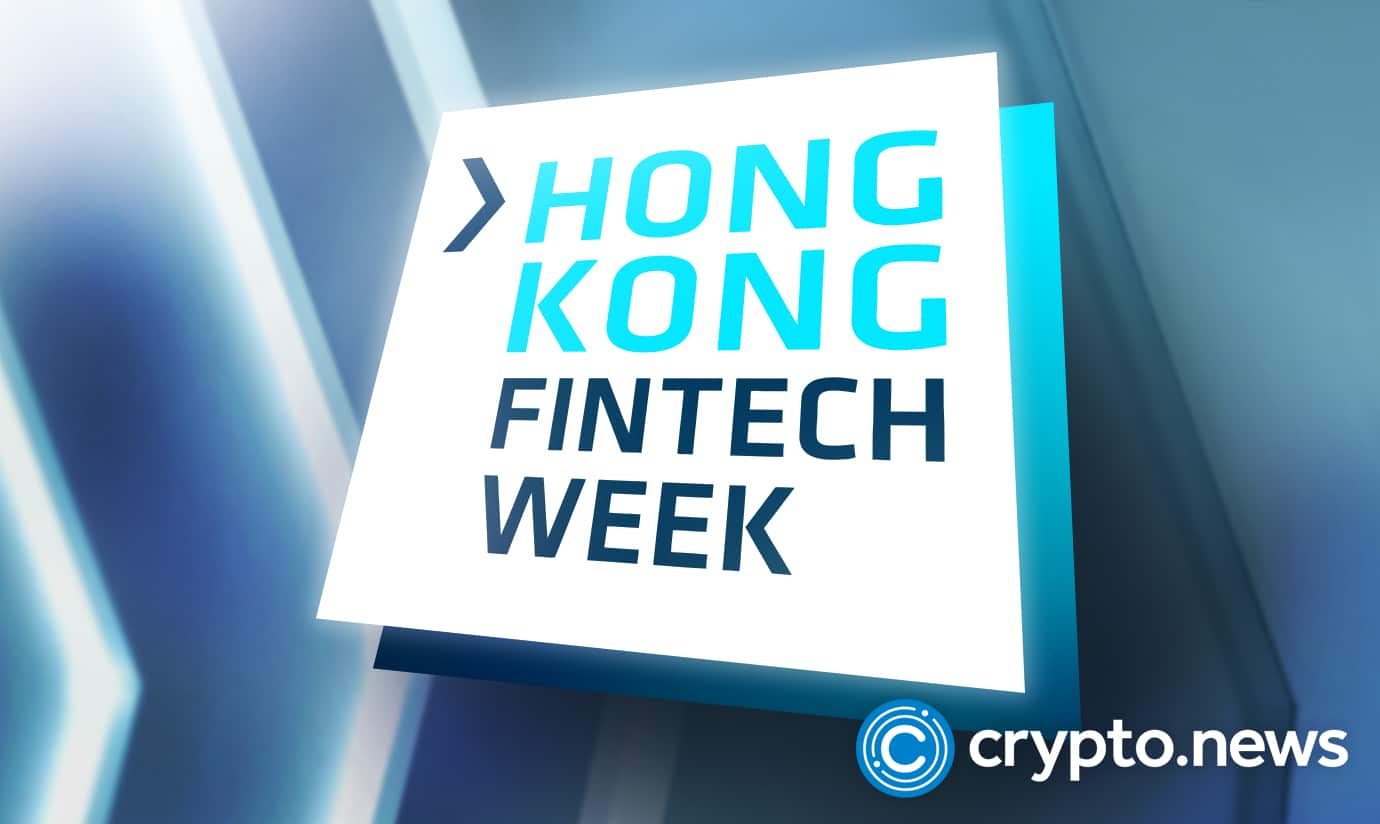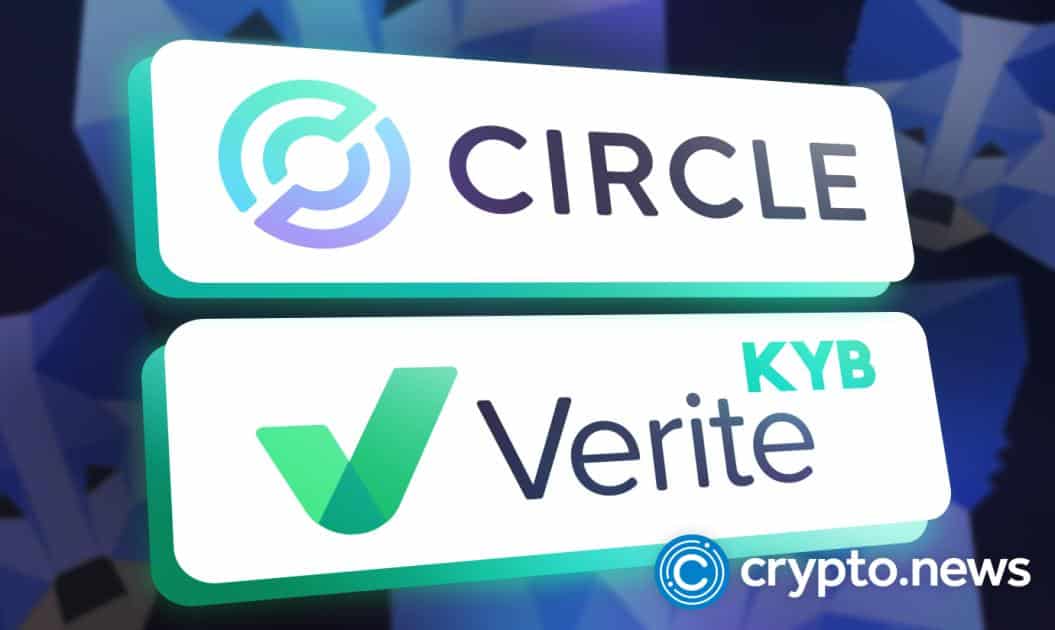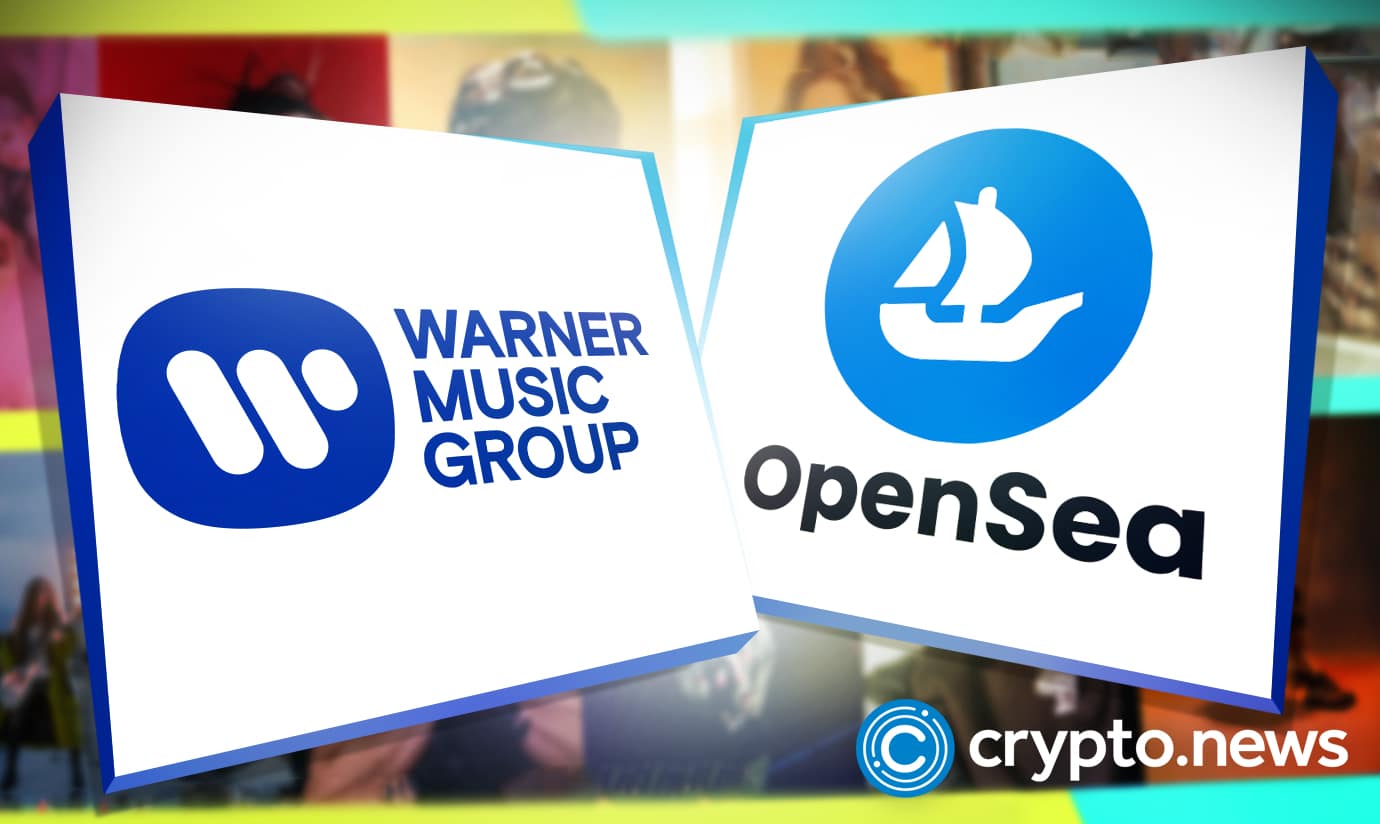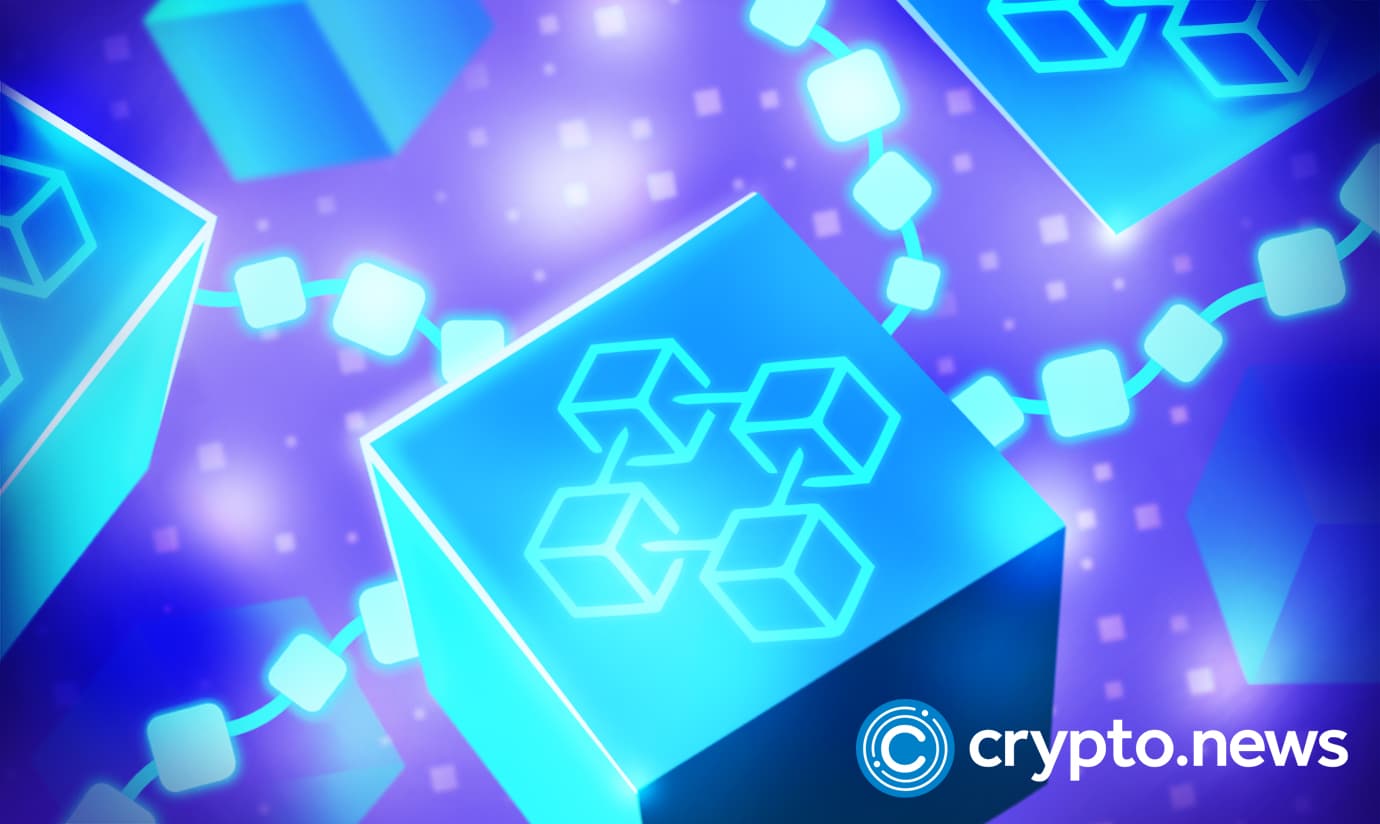2021-4-25 16:00 |
The blockchain space is filled with diverse projects aiming to lower entry barriers and solve major problems impeding growth. One such project is Ethereum Push Notification Service (EPNS).
EPNS intends to bridge the gap between decentralized apps (dApps) and their users through an incentivized push notification system. BeInCrypto spoke to EPNS founder and project lead Harsh Rajat about the company’s plans to revolutionize push notifications on Web 3.0.
DeFi start-ups need a clear incentive structureBeinCrypto (BIC): Being a startup, what are the biggest challenges the team has faced thus far?
Harsh Rajat (HR): When one sets out to build a startup, the biggest challenges faced is first, coming up with an idea that solves a genuine problem in the market. And second, validating that idea and making sure that there is a clear market and incentive for people to use that product.
This becomes especially true in the DeFi space, where participation is highly driven by incentivized game theory. We wanted to make sure that EPNS had a clear incentive structure that encouraged people to use our product.
One of the major challenges we faced was figuring out how we incentivize users to subscribe to various channels in our protocol, even though it costs them gas fees to do so.
During a time where Ethereum (ETH) is facing a lot of high gas fee issues, asking users to spend gas to subscribe to channels in order to receive notifications, seemed counter-intuitive and not sustainable. At least for the short term till we embrace L2.
Hence, we had to devise an interesting incentive mechanism for all our users by leveraging game theory and DeFi together to create a product that not only delivered notifications to users but also allowed them to earn from them too.
Push notifications and the Web 3.0 revolutionBIC: The Web 3.0 revolution is now upon us, and EPNS aims to be a major player in the new web landscape. Few are aware of what major changes it will bring. To narrow it down, most people believe they have seen it all with push notifications. What aspect of push notifications do you think is yet to be exploited?
HR: Push notifications are now so engraved into our daily mobile experience that it’s difficult to exactly remember our digital experience a decade ago when the feature was nearly non-existent.
We rely on them so much that we don’t necessarily recognize their intrinsic value. At best, we take notifications for granted. At worst, we consider them a nuisance. Rarely do we remember how fundamentally they have changed our digital behavior and relationship with businesses.
Currently, there is no notification system that allows services to communicate with their consumers in real-time. With all the development going on in Web 3.0, such an integral component to user experience has been overlooked for such a long time.
The lack of a well-defined user experience in Web 3.0 delays mainstream adoption, especially with everyone cozy and comfortable in their centralized Web 2.0 bubbles.
Users are so used to push notifications and the value it provides in Web 2.0 that services nowadays no longer expect users to come and check for an action item or an event. Instead, the services come to you. Imagine if Amazon didn’t notify you that your product is about to be delivered, and you had to recheck time and time to know the status of your delivery.
To list a few examples of how push notifications can completely change how we use Web 3.0 applications:
Get alerted when your transaction on a DEX goes through.Track the prices of your favorite cryptocurrencies.Get notified when gas prices are too high.Get notified to renew your ENS address before its expiry.Get alerted when new governance proposals are listed for your favorite DeFi dApps.In addition to all these cool use cases we envision for EPNS, we also allow dApps, and services that send out notifications to get creative. This is by allowing them to send not only text-based notifications but also images, videos, and much more.
An aspect of push notifications that EPNS also brings to the table is, as mentioned earlier, the ability for users to not only receive notifications by subscribing to channels but receive incentives from them as well.
This aspect of EPNS is completely unheard of in traditional push notifications and one that we are extremely proud of.
EPNS and securityBIC: As we all know, cyber attacks are very common in the crypto space. Recently, digital currency portfolio manager, Blockfolio was hacked. The attacker gained access to their messaging system and sent out racist push notification messages. What stringent measures does EPNS have in place to avoid cases like this?
HR: EPNS is a decentralized notifications middleware protocol, and hence, all notifications that users receive are sent by the services/channels that users have consensually opted-in for. Ultimately, the power lies in the user, who can opt out of receiving notifications at any point at the click of a button.
To ensure that a service doesn’t turn malicious later on, we attach a Spam Score to them as well, which is adjusted by both positive (higher number of subscribers, the passage of time, etc.) and negative (unusual number of notifications, a higher number of unsubscribes, etc.) actions.
This score, when it crosses a certain threshold, activates the protocol throttle mechanism, which is a way to penalize services a bit at first. If they don’t stop, then making the throttling go high, thereby ensuring that it’s always in the best interest of services to not spam their users.
Finally, we are also planning verified badges in the future to ensure that, while everyone can create a channel and everyone can opt-in, there is a distinction between spammy channels and verified ones.
BIC: EPNS claims to be content-independent. This implies that services will solely decide what content users will receive. Does this mean that EPNS will be reliant on the security of dApps using the service, despite its own measures?
HR: Content-independent doesn’t mean that the onus of security is given to dApps or any service.
The protocol handles the security while content independence ensures that the service can be creative and send all types of notifications, whatever fits their needs, including video, image, CTA, encrypted text, or more.
Web 2.0 communication relies on notifications. Not many are aware that even the Facetime calls we get, or the WhatsApp messages we receive, or Venmo payments, or Amazon delivery, or social media, or anything sent out for the user is most probably triggered by notifications.
This means that the notification protocol needs to be infinitely flexible and content-independent to ensure it doesn’t impose any rules on what a service can or can’t send. This means that even off-chain communications like security audits, new version launches are now a possibility.
Having said that, content-independent doesn’t mean that the protocol will not act against spam action or ignore security rules laid down. Like any infrastructure tool, the security of the notifications are built in the protocol, while the content/creativity of it is left upon the service.
EPNS, Polygon, and AAVEBIC: EPNS has received grants from industry giants like MATIC (now Polygon) and AAVE. In what ways do you think collaborations like these will impact credibility and adoption?
HR: AAVE is a critical component of EPNS game theory, incentivizing users along with delivering notifications. When a channel (services — dApps, smart contracts) stake on the EPNS protocol, the stake goes to a combined stake pool of channels and starts earning interest using AAVE.
This interest is then distributed to all the subscribers’ wallet addresses of that service in a weighted manner, preferring the earliest subscriber more than the later ones.
While the communication part is taken care of by the EPNS protocol and the staking by AAVE, another core feature we require is speed and scalability, which is provided to us by Polygon’s MATIC PoS network.
We are working on integration with Polygon to launch a hybrid protocol. A scalable and fast solution can help fill in the communication gap between services and its users.
A sneak peek at the EPNS roadmapBIC: Can you give us a sneak peek at the EPNS roadmap? What should the crypto community expect in the near future?
HR: Exciting times are coming soon to EPNS. This includes:
Protocol audit and mainnet launch: we are aiming for Q2 launch of the EPNS protocol.Token generation event: the TGE of $PUSH token is coming soon. Our team is working hard with advisory from great mentors and collaborators to ensure our tokenomics is sound. Ensuring our incentive mechanisms are on point to grow a healthy and successful ecosystem. L2: scaling, as well as several new beta releases with more features, are coming to our dApp.We are also fine-tuning our roadmap to come up with the most accurate timelines to set the right expectations for our community, starting with Q2/2021 until the end of the year and beyond.
The post Bridging the Gap Between DApps and Users With EPNS Founder Harsh Rajat appeared first on BeInCrypto.
origin »Gapcoin (GAP) íà Currencies.ru
|
|



